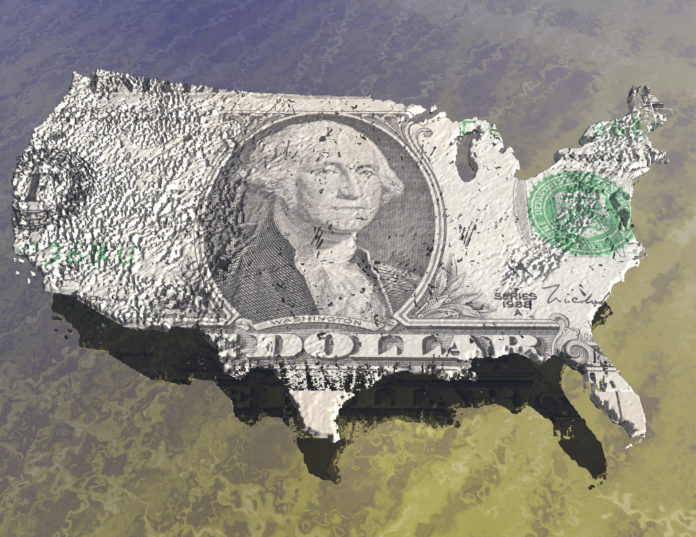Most websites on investing and financial planning can’t wait to tell you about two things—the record highs of the Dow Jones Industrial Average or S&P 500, and the impressive levels of growth expected in our nation’s economy in the coming months.
So why did the United States’ GDP drop in the first quarter of this year?
Why are consumer confidence ratings continuing to suffer?
Why do worrisome issues such as the underwater housing market and a slower-than expected rebound of the unemployment rate continue to dominate the nightly news?
The truth is that a robust stock market can be attributed to any number of factors—some of which provide a false sense of security to investors who may be setting themselves up for failure.
The current heights in the stock market are largely due to investors’ willingness to pay more for identical returns. One late 2013 report stated that investors, on average, paid 30 percent more last year than they did in 2012. Earnings, to say the least, did not justify that jump in prices. At the time, analysts argued that this was fair due to a 10 percent growth expectation in 2014. However, we’re now at the halfway point of 2014 and indications are no longer strong.
After lofty economic predictions for the year 2014, analysts quickly backtracked, predicting a 0.6 percent drop in GDP for the first quarter. They claimed that the decrease was due to a harsh winter, with well-above average snowfall hampering production in areas of the country typically unaffected by such weather patterns.
But even taking the weather into account, these same analysts must have been blindsided by the reality of a full 1 percent drop in GDP—a significantly worse outcome than their revised predictions.
Even more recently, the month of May saw a drop in consumer confidence. The Thomson Reuters/University of Michigan index tagged confidence at 81.9—down from 84.1 just one month earlier in April.
The main reason for the drop was the pessimism respondents expressed in regard to future potential for wage increases. May’s survey indicated that after taking inflation into account, nearly half of all households surveyed anticipated a drop in income (after adjusting for inflation, which consumers now believe will occur at a higher rate than initially expected) and a decline in living standards in the year ahead.
When attempting to predict the market’s behavior, measures such as consumer behavior can be stronger indicators than past GDP numbers or forecasts originally issued almost a year ago.
But a lot of brokers and economists would prefer to play the numbers game, trying to convince potential investors that the stock market’s future will be strong, based on outdated GDP data and pure conjecture without factoring in the realities and mistrust still facing the average consumer.
So who do we trust? Growing stock numbers constructed around reports and educated guesses, or what we see around us every day—people still struggling more than five years post-crash?













